
AeroGenie - مساعد الطيار الذكي الخاص بك.
الرائج الآن
Categories
3D-Printed Materials Enhance Efficiency in Aircraft Maintenance
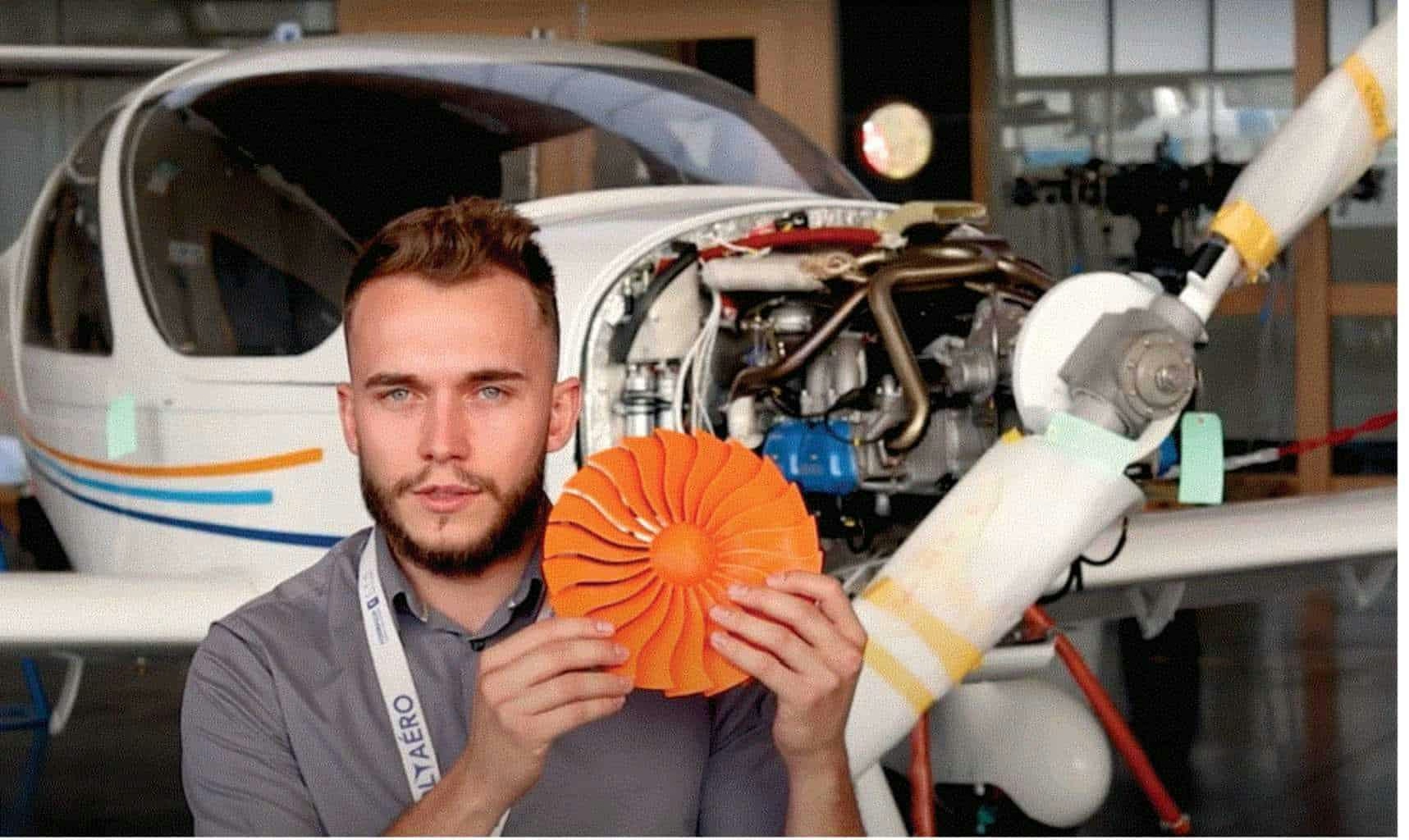
3D-Printed Materials Enhance Efficiency in Aircraft Maintenance
For every hour a U.S. Department of Defense (DoD) aircraft spends in flight, approximately twelve hours are dedicated to maintenance. Figure Engineering aims to transform this maintenance paradigm through the development of a novel 3D-printable resin material specifically designed for masking and tooling in the electroplating process. This innovation promises to streamline traditionally labor-intensive operations such as abrasive blasting, painting, plating, and coating. The resulting efficiencies could yield significant savings in maintenance, repair, and operations (MRO) costs for the Air Force, Navy, Army, and commercial airlines alike.
Addressing Critical but Overlooked Maintenance Tasks
The DoD engaged Figure Engineering to tackle maintenance activities often referred to as the "three Ds": dirty, dull, and dangerous jobs. Although these tasks receive less attention than major overhauls or aerodynamic upgrades, they are vital to aircraft performance and safety. Inefficiencies in these processes can delay aircraft readiness, increase operational costs, and expose maintenance personnel to hazardous chemicals.
Electroplating, particularly for large components such as landing gear, represents one of the most demanding MRO challenges. The process requires immersion in aggressive chemical baths and extensive manual labor to mask areas that should not be plated. Traditionally, this masking has been accomplished using hand-applied lacquers or tape. Jonathon McDaniels, co-founder of Figure Engineering, highlighted the urgency conveyed by the Air Force: “They can’t get this plane out fast enough and we are generating a lot of waste.”
Innovation Through 3D Printing
Early efforts to develop durable, reusable masks revealed a significant gap in available materials. The masks needed to withstand the harsh chemical environment of electroplating while also exhibiting toughness and impact resistance, as they are frequently dropped or struck during handling. Figure Engineering selected stereolithography (SLA) technology for its capacity to produce dense, non-porous parts and formulated a custom resin now in use at an Air Force MRO depot.
The adoption of 3D-printed masks has markedly reduced preparation time for electroplating. Operators spend less time in proximity to hazardous chemicals, enhancing both efficiency and workplace safety. The cost benefits are substantial: a hand-made metal bolt mask typically costs around $250, whereas a 3D-printed counterpart with integrated screw threading costs approximately $5 and can be reused up to twenty times. In contrast, conventional lacquers and tapes are single-use consumables, with plating shops incurring millions of dollars in annual expenses. Furthermore, digital mask designs can be easily shared across departments and military branches, facilitating scalability and standardization.
Challenges and Industry Response
Despite these advantages, integrating 3D-printed materials into aircraft maintenance presents challenges. Ensuring material compatibility and maintaining structural integrity remain critical concerns as the technology is adopted more broadly. Initial skepticism from traditional manufacturers and suppliers has given way to a growing recognition of the efficiency gains and cost reductions enabled by 3D printing. This shift is prompting competitors to accelerate investments in additive manufacturing and to forge new partnerships aimed at strengthening material supply chains, exemplified by recent collaborations such as that between Gameco and Satair for expendable materials.
As 3D printing technology continues to evolve, its role in aircraft maintenance is expected to expand, offering the potential for faster, safer, and more cost-effective operations across both military and commercial aviation sectors.
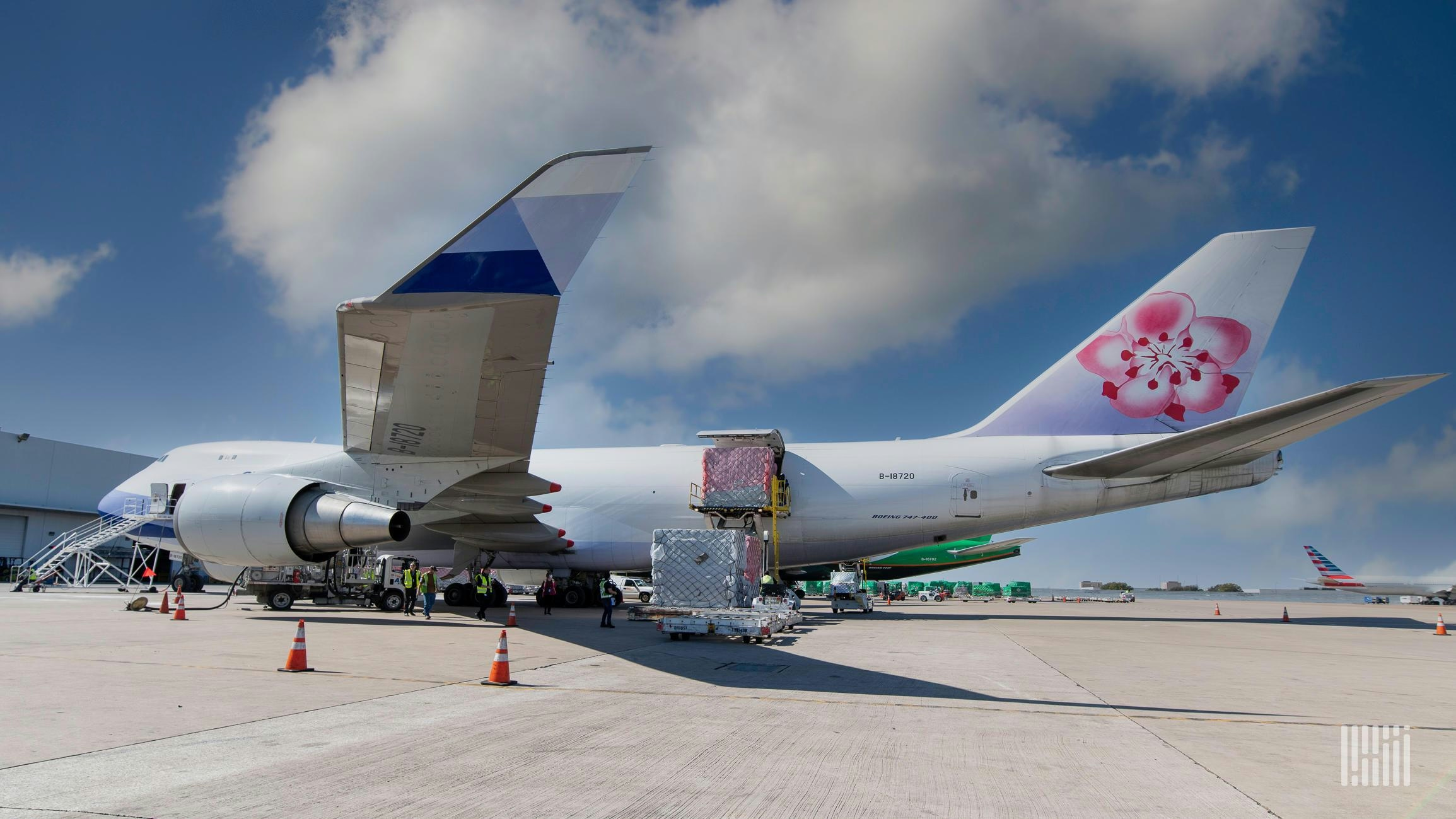
China Airlines Approves New Widebody Aircraft and Plans to Retire 747-400Fs
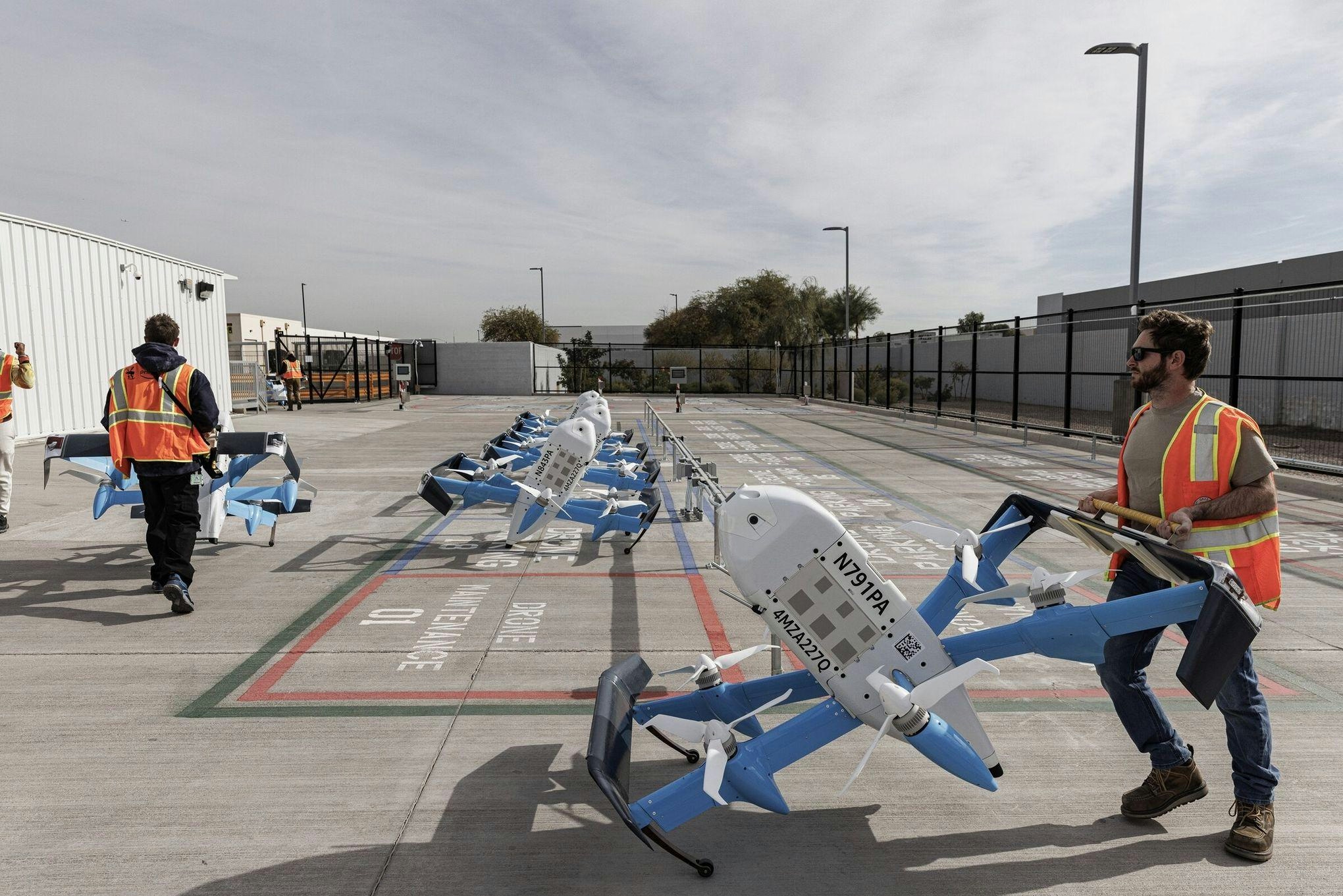
NTSB Declines to Investigate Amazon Drone Incident in Texas
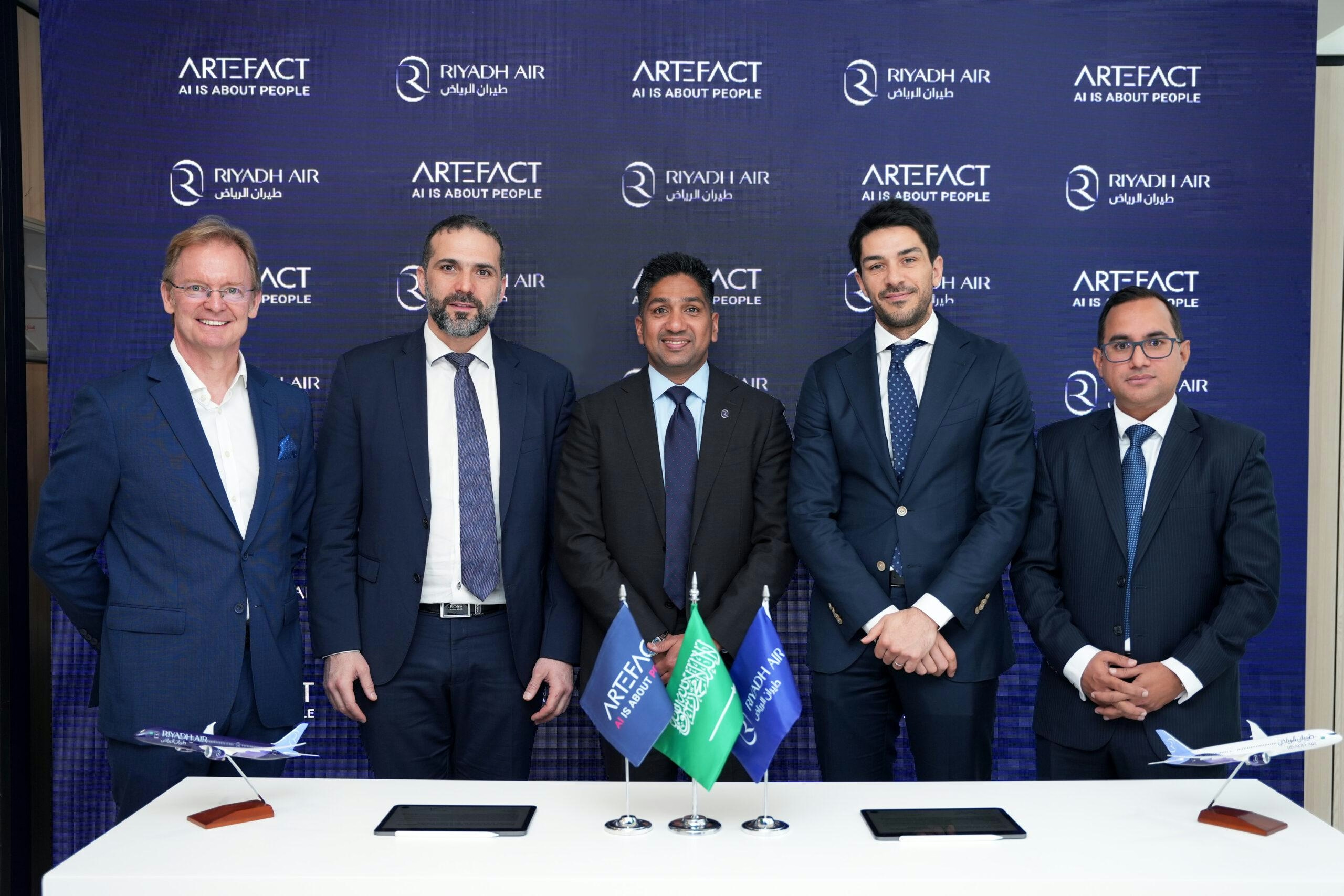
Riyadh Air Show Highlights Emerging Aviation Technologies
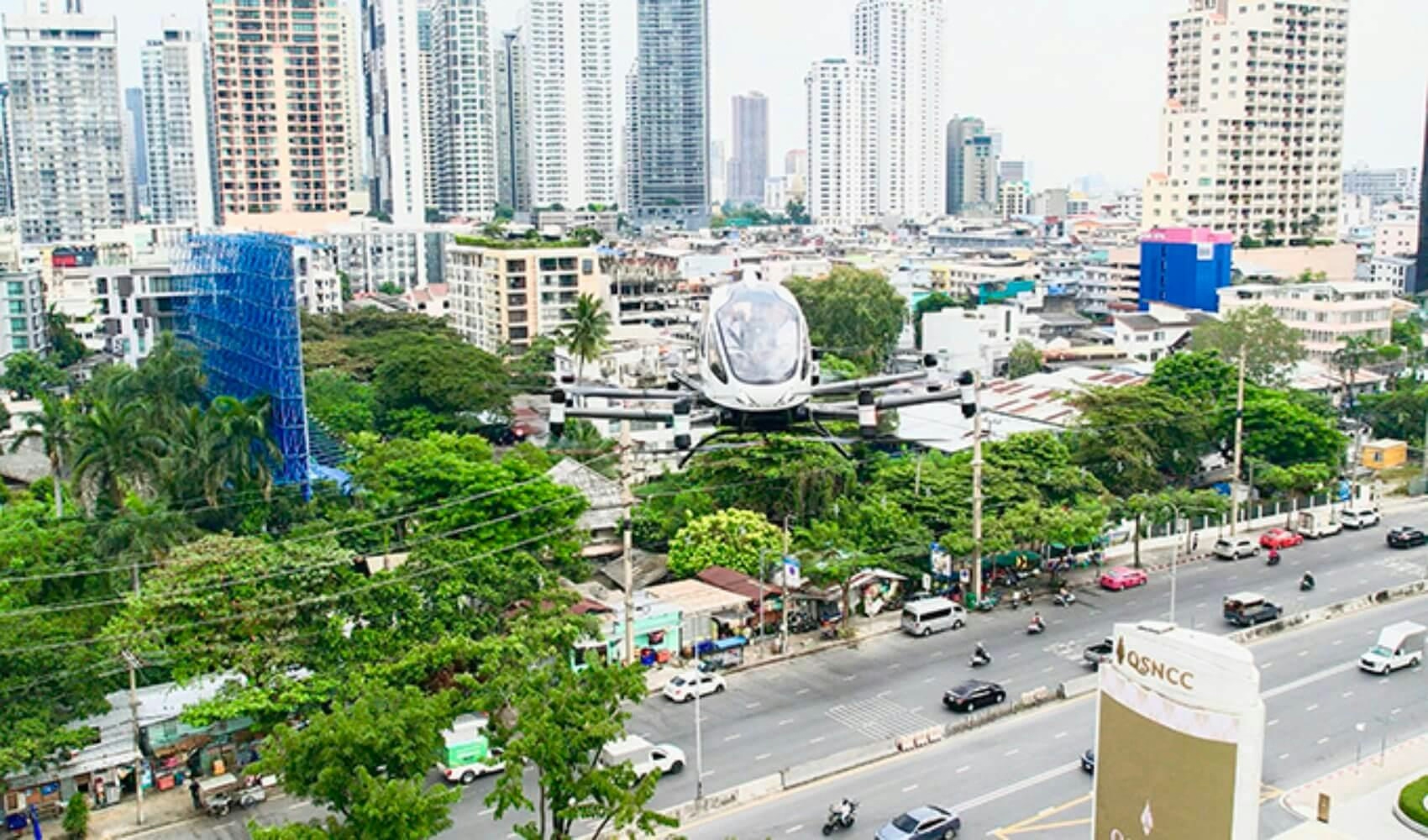
EHang Conducts First Pilotless Urban eVTOL Flight in Bangkok
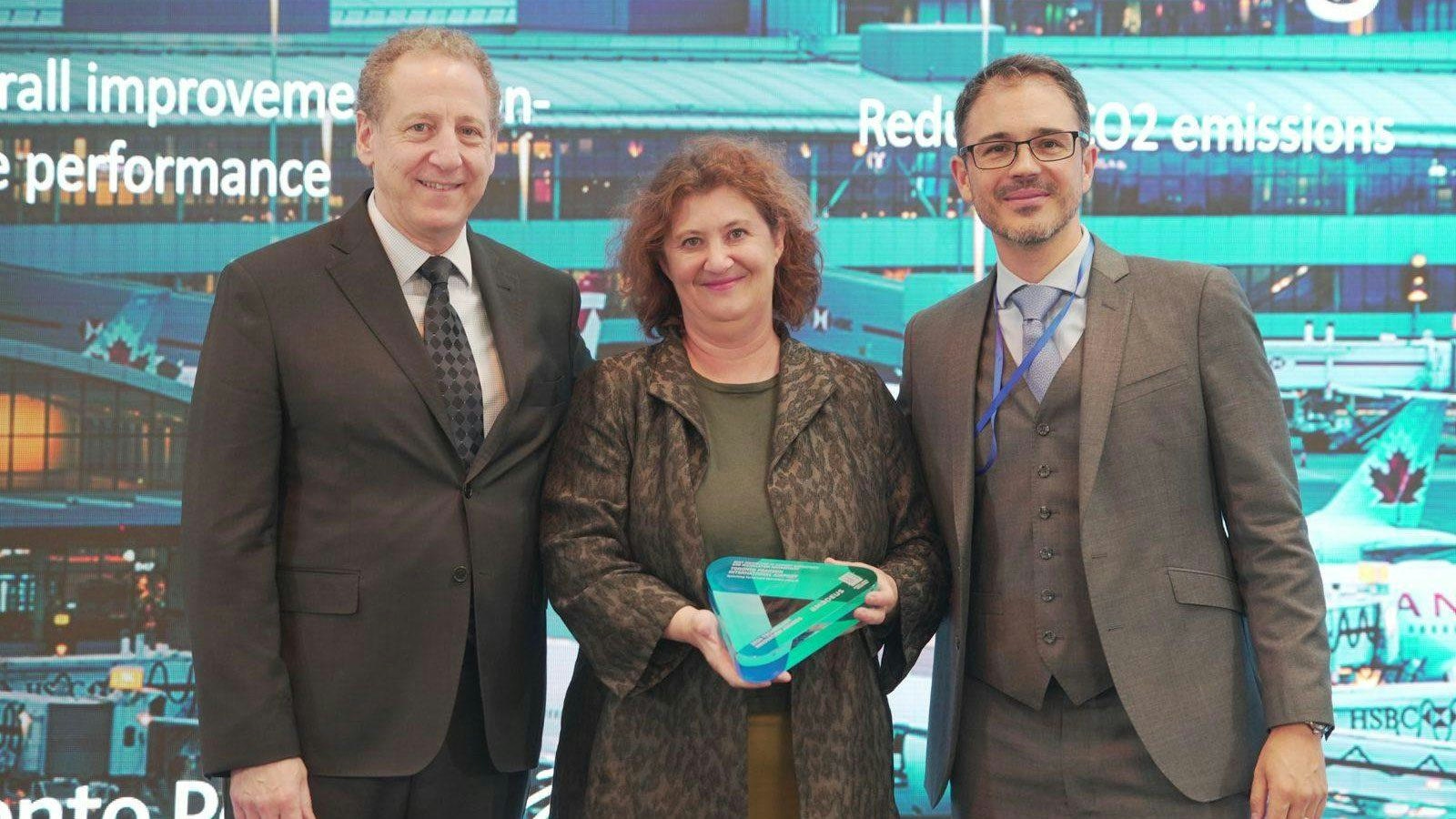
ACI World and Amadeus reveal the world’s most innovative airports

Emirates Group Announces New UAE Leadership to Shape Dubai’s Aviation and Innovation Future

PNG Air Expands Fleet with Two New ATR 72-600 Aircraft

Adapting to Change in the Catering Industry
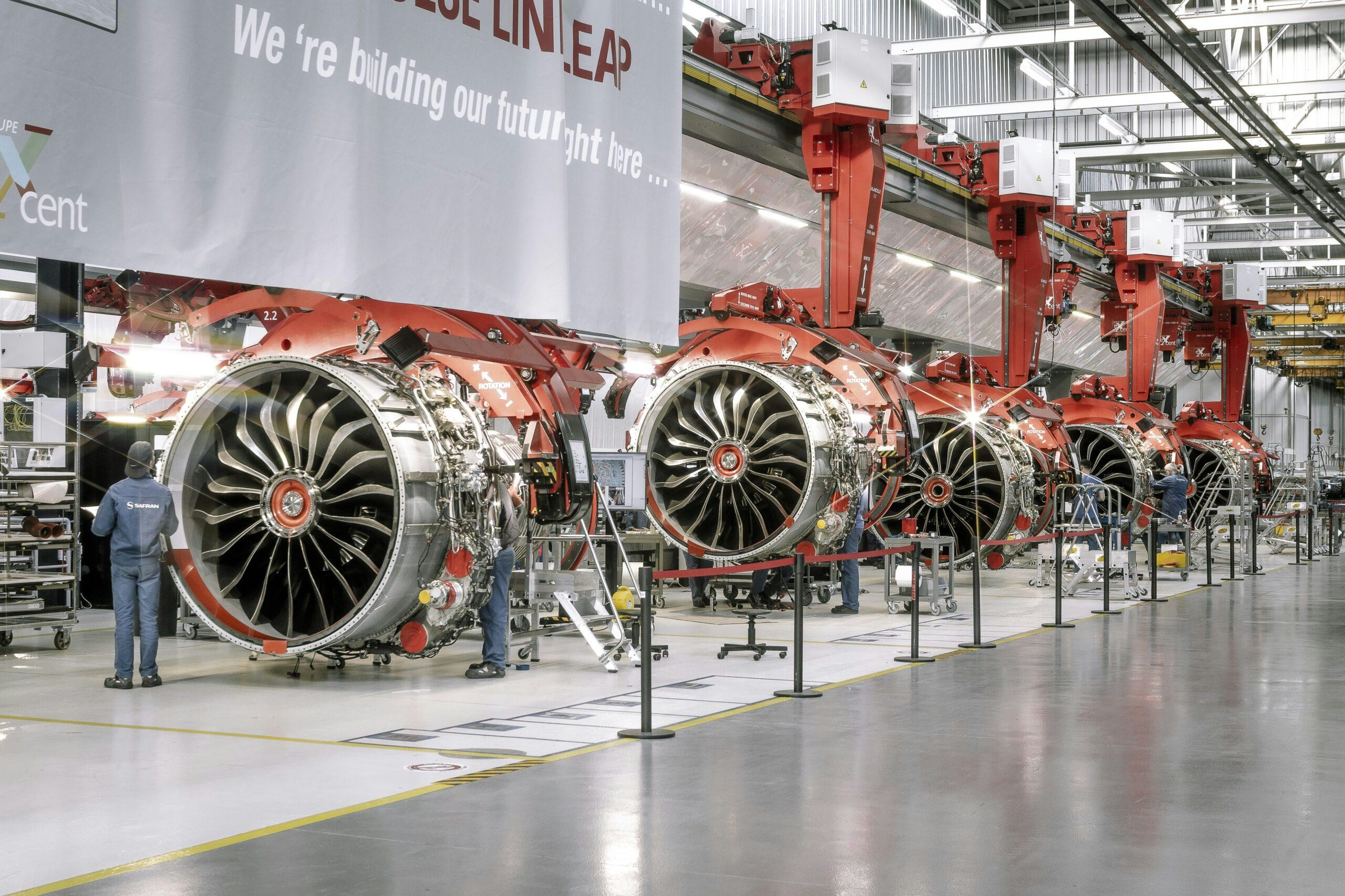
CFM Strengthens Partnerships in UAE and Indian Aviation Supply Chains
